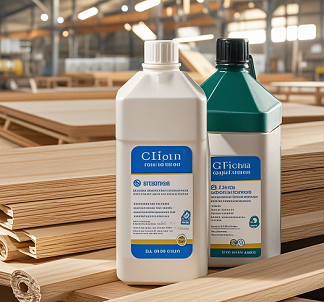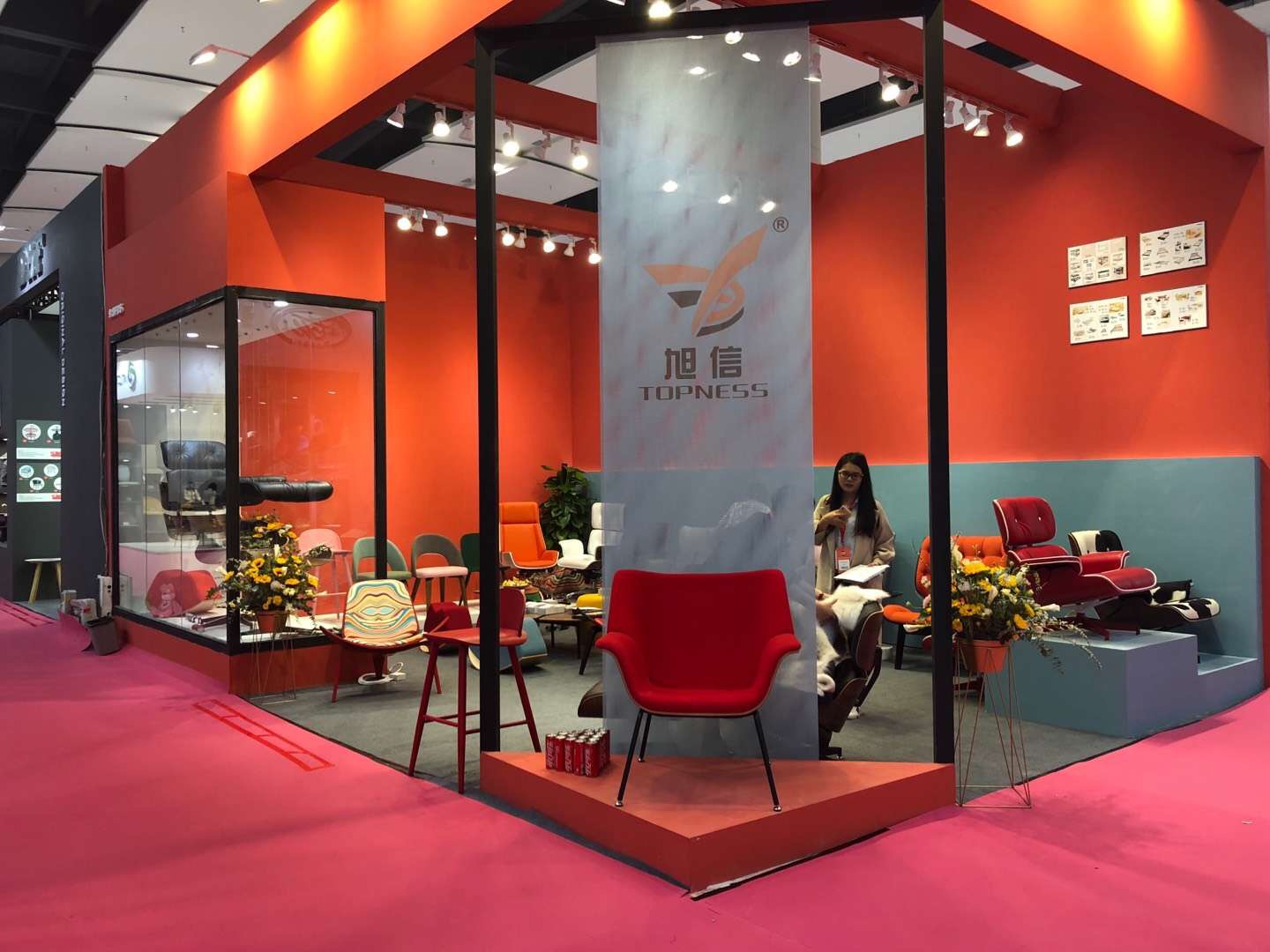- All
- Product Name
- Product Keyword
- Product Model
- Product Summary
- Product Description
- Multi Field Search
Views: 24 Author: Topness Furniture Co., Ltd Publish Time: 2024-11-15 Origin: Site

Give Priority to Environmentally Friendly Glues:
Water-based glues that meet the EU environmental standards are an ideal choice. Water-based glues use water as the dispersion medium, and their volatile organic compound (VOC) content is extremely low. Compared with traditional solvent-based glues, they can significantly reduce environmental pollution both indoors and outdoors as well as potential harm to human health. For example, some high-quality water-based polyurethane glues have good bonding properties and can effectively bond various parts of bentwood panels while meeting the strict environmental requirements of the EU.
Glues without added formaldehyde are also key considerations. Such glues do not add harmful aldehyde substances like formaldehyde during the production process, eliminating the hidden danger of formaldehyde release from the source. Plant-based glues such as soybean protein glue fall into the category of glues without added formaldehyde. Based on natural plant raw materials, they not only have excellent environmental performance but also can meet the production requirements of bentwood panels in terms of bonding effect.
Choose Well-Known Brands and Certified Products:
Give priority to well-known brands with a good reputation in the field of environmentally friendly glues. These brands usually have withstood the test of the market for a long time, and their product quality and environmental performance are more guaranteed. For example, some internationally renowned brand glue products have not only passed relevant EU environmental standard certifications such as the EU REACH regulation certification and E1 level environmental standard certification but also have shown stable bonding performance and excellent environmental characteristics in actual applications.
Check whether the glue products have relevant environmental certification marks, such as the EU Ecolabel. This label is an official EU-issued authoritative environmental certification mark, indicating that the product meets the strict environmental requirements of the EU in every stage of its life cycle, from raw material procurement to production, use, and waste disposal. Choosing glue products with such certification marks can greatly increase the probability that bentwood panels will meet the EU environmental standards.
Accurately Control the Amount of Glue:
In the production of bentwood panels, the amount of glue should be accurately calculated and controlled according to the specific conditions of the panel size, material, and splicing parts. If too much glue is used, it will not only cause waste and increase production costs but also the excess glue may seep out of the panel surface during the drying and curing process, affecting the appearance quality of the panel. At the same time, excessive glue may also lead to an increase in the release amount of volatile organic compounds (VOC), which is not conducive to meeting the EU environmental standards. On the contrary, if too little glue is used, it may result in weak bonding and affect the structural strength and integrity of the bentwood panel.
Apply Glue Evenly:
When applying glue, it is necessary to ensure that it is applied evenly. For the parts of bentwood panels that need to be spliced, special glue application tools such as brushes and rollers can be used to evenly apply the glue on the splicing surfaces of the panels. Even application of glue helps to ensure the consistency of the bonding effect, so that all splicing parts can be fully bonded, avoiding problems such as panel cracking due to local weak bonding. At the same time, even application also helps the glue to volatilize evenly during the drying and curing process, reducing the abnormal situation of VOC emission due to local glue accumulation, thereby better meeting the EU environmental standards.
Select Appropriate Drying Conditions:
According to the type of glue selected, select appropriate drying and curing conditions. For water-based glues, it is usually necessary to carry out drying and curing under suitable temperature and humidity conditions. Generally, an environment with a temperature of 20°C - 30°C and a humidity of 40% - 60% is more suitable. Under such conditions, water-based glues can fully volatilize water and achieve good drying and curing effects, while also effectively controlling the release amount of volatile organic compounds (VOC) to meet the EU environmental standards.
For other types of glues, such as glues without added formaldehyde, it is also necessary to set appropriate drying and curing conditions according to the requirements of their product specifications to ensure that the glue can be completely dried and cured, exert the best bonding effect, and not produce excessive harmful substance emissions during the drying and curing process.
Ensure Sufficient Drying and Curing:
During the drying and curing process, sufficient time should be given to allow the glue to be fully dried and cured. Different types of glues require different drying and curing times. Generally, water-based glues may require several hours to several days, depending on factors such as the brand, amount of glue, and environmental conditions. Ensuring sufficient drying and curing is the key to guaranteeing the structural strength and environmental performance of bentwood panels. If the glue is not fully dried and cured, it will not only affect the bonding effect of the panel, resulting in problems such as panel loosening and cracking, but also the glue will continue to release volatile organic compounds (VOC), which does not meet the EU environmental standards.
